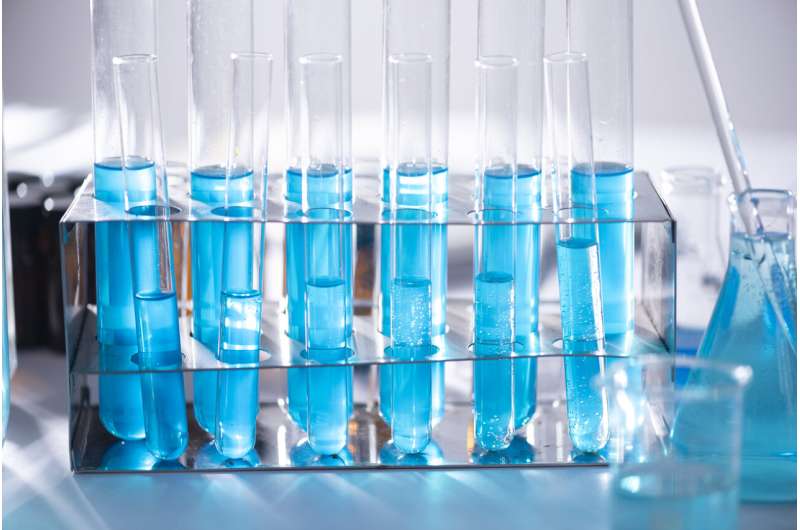Making things cold: A history of science, technology and culture

Our ancestors first created ice by dissolving 'saltpetre' (potassium nitrate) in water and then pouring the mix into long-necked bottles that were then rotated. Since then, people have sought new ways to keep food cool.
This drive eventually resulted in refrigeration techniques, present in almost every European household in the form of a fridge or freezer. But the history of artificial cold has not been systematically told... until now.
Research Fellow Faidra Papanelopoulou and her supervisor Kostas Gavroglu - both from the Department of History and Philosophy at the University of Athens in Greece - tackled this by investigating the scientific, technological and cultural dimensions of artificial cold in the EU-funded project COLDGR ('Cold goes south. The emergence of refrigeration technologies in the European south. The case of Greece (late 19th-20th centuries)').
Dr Gavroglu is editor of the book 'History of Artificial Cold, Scientific, Technological and Cultural Issues', in which the project's work is presented.
Their analysis explored the ways in which the development of industrial and domestic refrigeration and transport effectively changed the way we live and eat. Appliances entered our homes, making the cooking and preservation of food much easier and less time-consuming.
Drs Papanelopoulou and Gavroglu mapped the advance of refrigeration technologies in Greece in the late 19th-20th centuries. They evaluated how the use of mechanical refrigeration in Greece was connected to the country's industrialisation in the 1900s, its infrastructure development, and the emergence of technicians and their associations.
Their research also looked at social and cultural issues, providing new insights into what people thought about fresh and perishable products.
Since the late 1890s, a wealth of information on the production and use of artificial cold has emerged. Fresh theoretical explanations, possibilities regarding technological applications, cultural repercussions and a fascinating set of phenomena were generated alongside a growing interest in artificial cold techniques.
The project also tracked ground breaking scientific advances, and examined artificial cold and its role in the construction of new computer hardware, and in the multi-billion euro frozen foods industry, for example.
The EU provided funding of EUR 45 000 to COLDGR.
More information: COLDGR project factsheet: cordis.europa.eu/projects/rcn/93220_en.html
Provided by CORDIS


















